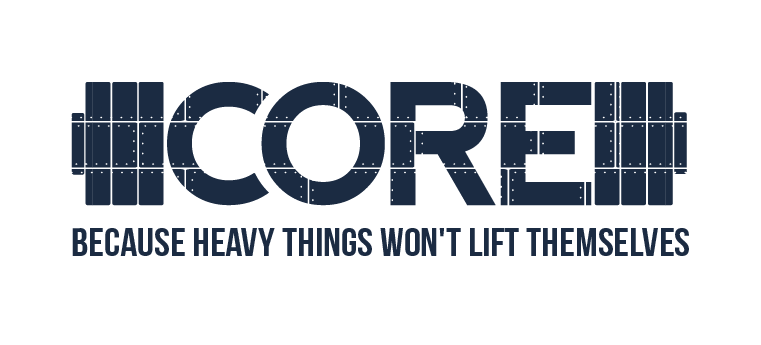A few weeks ago I received a text from my good friend (and former business partner) Pete Dupuis. He and I are both obsessed with Jason Bourne, so the first part of the message contained some sort of arbitrary reference to David Webb. We’re cool like that. The second part, though, asked if I’d interested in him writing a blog post on why me leaving Cressey Sports Performance and opening CORE was a good idea.
Apparently it was a topic that popped into his head during a 3AM, sleep-deprived haze as he was attending to his newborn son. Creative juices can strike at any moment I guess. This is good news given my wife and I are expecting at the end of January.
Anyways, I said “of course,” and what follows is, well, pretty freakin awesome. I’ve always said that gym ownership is NOT for everyone and that industry peeps need to erase the notion from their mind that the only way to “make it” is to sign a lease.
I fought the idea of gym ownership for as long as I could, until I couldn’t any longer. Until it made sense.
Enjoy.
Opening a Gym? Do These 3 Things First
Just over a year ago Tony Gentilcore made the difficult decision to walk away from Cressey Sports Performance. After more than 8 years of coaching, learning, and business development, it was time to step out from behind the CSP curtain and let the Gentilcore brand loose on the local fitness community.
Tony made the right move; I’m proud of him.
Here we are just a year later, and he’s flipped his world upside down…in a good way. In the past 12 months, he’s presented on multiple continents, recorded a fitness product alongside Dean Somerset, conceived his first child1, and gone from independent contractor to full-blown fitness facility owner.
I want to show you why Tony’s decision to open his own gym (one that thousands of people fail at each year) is extremely likely to succeed. Here are three important things he did in advance of pulling the trigger on this venture to ensure that he see a return on his investment:
1) Tony Accrued TONS of Career Capital
In a field where the barrier to entry is essentially the internet access you need to secure an online fitness certification, Tony has taken an increasingly rare route to “expert” status; he actually set foot on a gym floor for thousands of hours and earned the title.
Coming out of college, he worked split shifts in a corporate fitness setting and would eventually transition to a commercial gym personal training role for multiple years before helping to launch Cressey Sports Performance (CSP).
Tony then proceeded to accumulate more than 10,000 hours of time functioning as a strength coach here at CSP (actually closer to 12,000 – I did the math). When you add up the time spent coaching in all three settings, it is safe to say that he piled up something in the vicinity of 20,000 hours on “a” gym floor prior to announcing the birth of “CORE” to the fitness world. That’s more than 830 entire days of lessons learned, people.
In more than a decade of build up to CORE, Tony experienced multiple training models, learned to sell effectively in each, and identified his ideal business model and coaching format. He’s also been an employee, an employer, and an influencer in the development of a recognizable fitness brand.
Now I want you to stop and think about all of the gyms you are aware of. Can you name a single founder of one of these businesses with more relevant experience than Tony going in to the launch?
Don’t waste too much time trying to identify someone; this person doesn’t exist.
2) He Accumulated Good Will from Industry Influencers
Gyms that could be fantastic fail every day because of extensive competition. It’s nearly impossible to find a desirable location for your gym that is not already overflowing with competitive exercise alternatives. The unique advantage that Tony possessed coming in to this process wasn’t his funny blogs or his ability to instruct the perfect Turkish getup – it was his network.
On the day that he formally announced his departure from CSP on his Facebook page, Tony accumulated 644 “likes” and more than 100 comments wishing him luck and positively reinforcing the move. If you work your way through the comment section, you’ll quickly realize that it reads like the “who’s who” of our little fitness bubble.
The good will didn’t stop there; he went on to record more than a half dozen podcasts discussing his next step and ultimately saw his message reach the far ends of the online fitness community. People were talking. Everyone was talking. Leads started rolling in in the form of emails, and messages on Facebook and Twitter. He wasn’t opening the doors to his business at the same starting line as his competition. Tony was working with a stacked deck.
The lesson here isn’t that you need to spend your time and energy attempting to convince people to share your message on the internet. Instead, it is that you should spend more time making friends than you do accumulating enemies. You’ll be hard-pressed to find somebody who dislikes Tony in this field.
You can’t just ask for a spot on a popular podcast like The Fitcast simply because you need to announce your new business venture. Instead, focus on earning that trust and fostering relationships over time so that when the moment comes for you to take a professional jump the way that Tony did, the most influential people in our field are lining up to ask how they can help.
3) He Didn’t Overreach
Aspiring gym owners aren’t always effective at separating the difference between wants and needs. Sure, you want a 10,000 square foot gym outfitted with $100K in Keiser equipment, but do you need it to be profitable and happy?
Instead of dreaming up his perfect space and building accordingly, Tony started by outlining his perfect lifestyle and began constructing a business model and gym that allowed him to maintain it.
While most are asking themselves how many power racks and platforms they can cram in to a unit, Tony was wondering how much square footage he’d need to be able to coach clients 20-ish hours per week while leaving enough time to publish 100+ blogs annually and also be a present father in the very near future.
Being a new gym owner doesn’t mean that you have to work 7-days per week in year one. Tony assumed responsibility for an 800 square foot space, negotiated a tenant-friendly lease agreement, and identified a pair of likeminded coaches who were willing to pay their share of the rent in an independent contracting format. He was hardly stretching himself thin.
Tony “took the leap,” but in doing so, manipulated the risk to maximize an efficient journey to the inevitable success he set himself up for leading up to his move.
About the Author
Pete Dupuis is the Vice President and business director of Cressey Sports Performance, one of the premier training facilities in North America. He also learned how to deadlift from Tony Gentilcore back in 2006. True story.
He writes a very successful website targeting the “fitness business” crowd HERE and you can also follow his shenanigans on Twitter HERE.

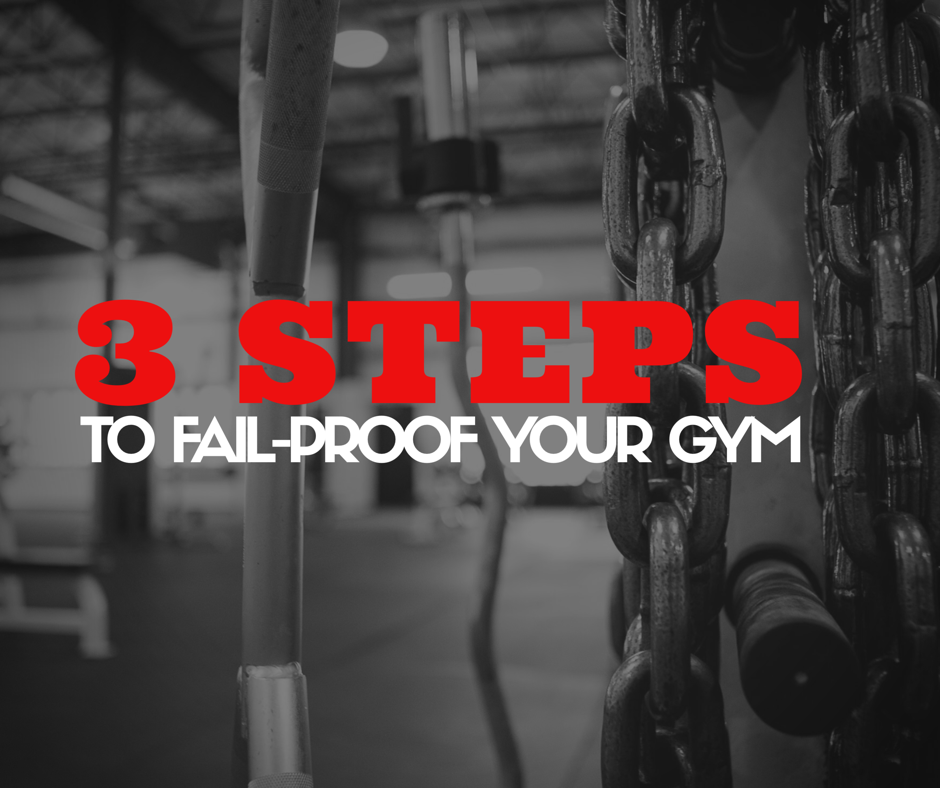


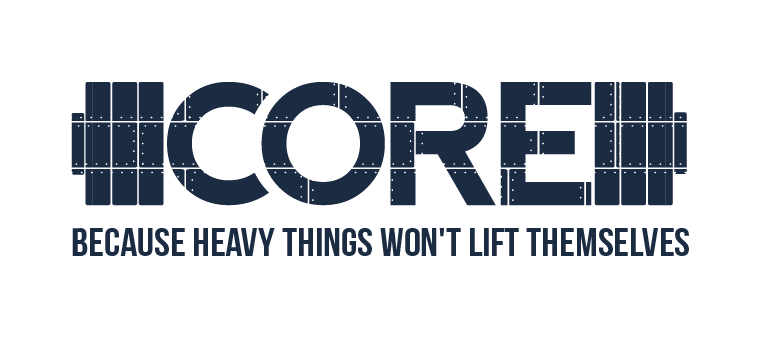



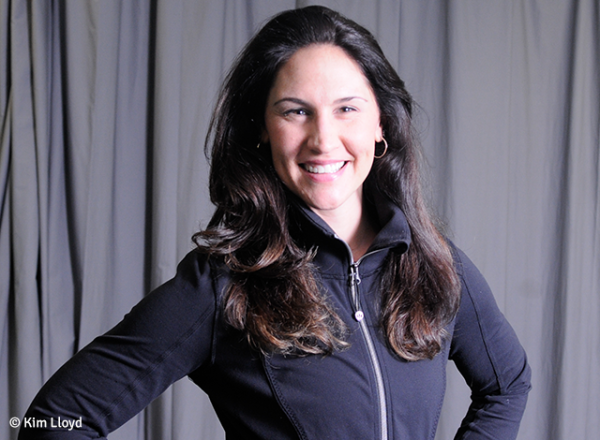 Dr. Lisa Lewis is a licensed psychologist with a passion for wellness and fitness. She earned her doctorate in counseling psychology with a specialization in sport psychology at Boston University, and her doctoral research focused on exercise motivation. She uses a strength-based, solution-focused approach and most enjoys working with athletes and athletically-minded clients who are working toward a specific goal or achievement.
Dr. Lisa Lewis is a licensed psychologist with a passion for wellness and fitness. She earned her doctorate in counseling psychology with a specialization in sport psychology at Boston University, and her doctoral research focused on exercise motivation. She uses a strength-based, solution-focused approach and most enjoys working with athletes and athletically-minded clients who are working toward a specific goal or achievement.
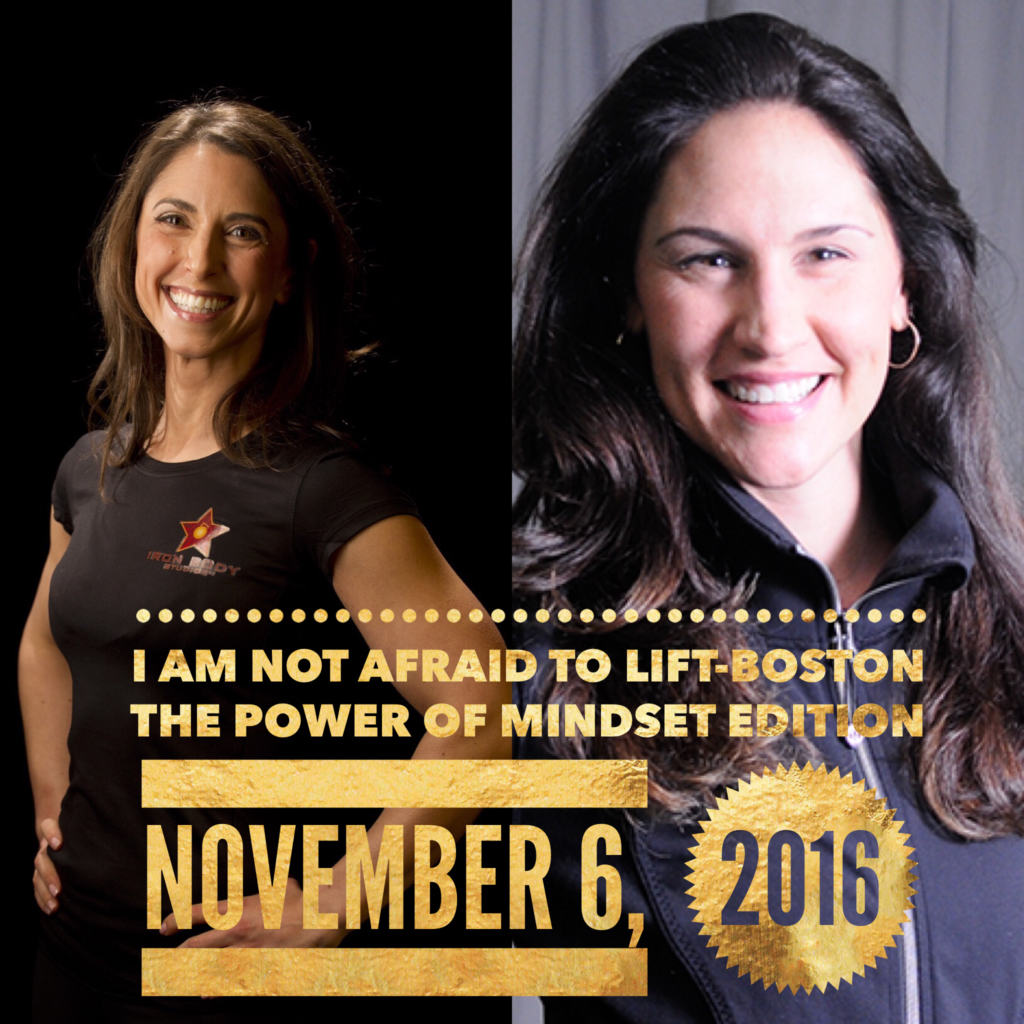


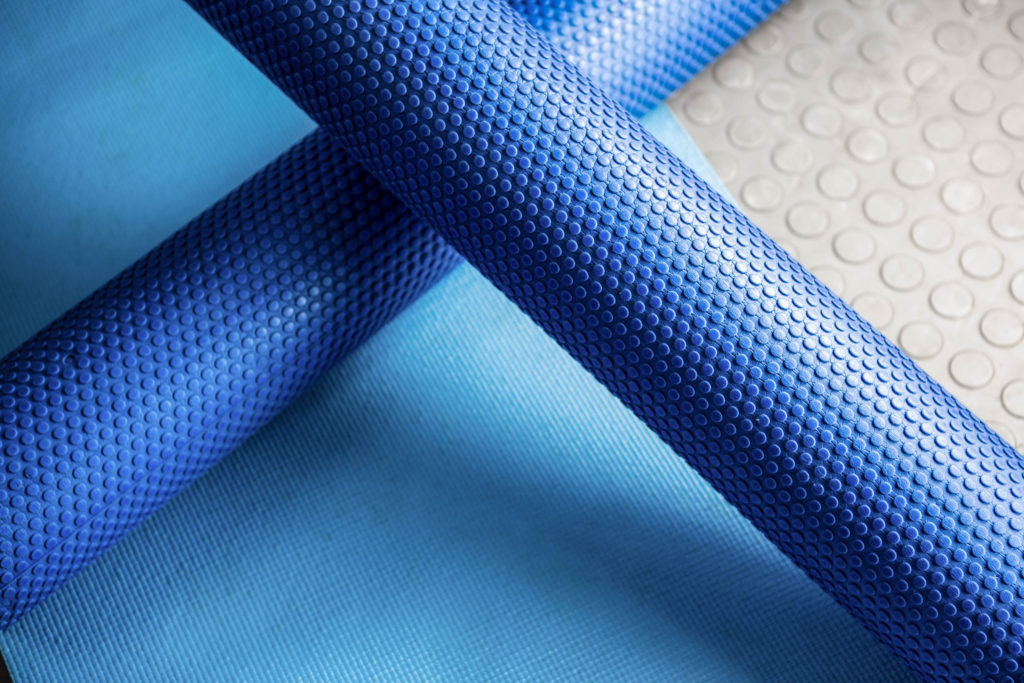

 2nd edition. He thinks foam rolling can help combat muscle creep.
2nd edition. He thinks foam rolling can help combat muscle creep.


